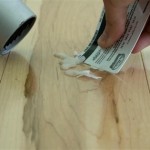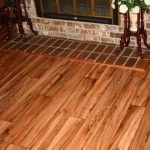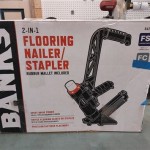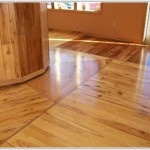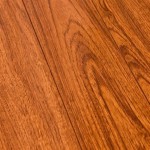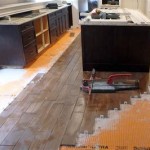Essential Aspects of Flooring Particle Board
Flooring particle board, also known as chipboard, is a versatile and economical material widely used in residential and commercial buildings. It offers a range of benefits, making it a preferred choice for various flooring applications. Here are some essential aspects to consider:
Composition: Flooring particle board is composed of wood particles, resin, and other additives. The wood particles are typically derived from pine, spruce, or other softwood species. The resin acts as a binder, holding the particles together and providing structural stability.
Grades: Flooring particle board is available in different grades, each suitable for specific applications. Grade P2 is ideal for interior use in dry environments, while Grade P3 is recommended for areas with higher moisture levels. Other grades may be available for specialized applications, such as fire-retardant or moisture-resistant particle board.
Thickness: The thickness of flooring particle board varies depending on the intended use. For residential flooring, 18-22mm thickness is typically sufficient. Commercial applications may require thicker particle board, such as 25-30mm, to withstand heavier loads.
Installation: Flooring particle board can be installed using various methods. Tongue-and-groove edges allow for easy interlocking, while some boards may require screws or nails. A moisture barrier should be installed beneath the particle board to protect it from moisture damage.
Advantages: Flooring particle board offers several advantages, including affordability, ease of installation, and sound insulation. It is relatively inexpensive compared to other flooring materials, such as hardwood or laminate. The interlocking edges facilitate quick and straightforward installation, saving time and labor costs. Additionally, particle board effectively absorbs sound, reducing noise transmission between rooms.
Disadvantages: While flooring particle board is a versatile material, it also has some drawbacks. Its susceptibility to moisture means it is not suitable for wet environments or areas with high humidity. It can also be prone to swelling or warping if exposed to excessive moisture. Proper installation techniques and regular maintenance are crucial to ensure its longevity.
Conclusion: Flooring particle board remains a popular choice for various flooring applications due to its affordability, ease of installation, and sound insulation properties. By carefully considering its composition, grade, thickness, installation methods, and potential limitations, you can effectively utilize particle board to achieve a durable and cost-effective flooring solution.

Particle Board As A Flooring Solution

Why Particle Board Subfloors Are Bad Chris Loves Julia

Subfloor Options Osb Vs Particle Board New Floors Inc

3 8 In X 4 Ft Particle Board Panel 604461 The Home Depot

Flooring Panel S I Floor Sub Georgia Pacific Construction Particle Board

Particle Board Flooring Durable Building Material

Particle Board Flooring Floorboard Independent Whole Distribution

Diy Painted Osb Floors Mmmm Teal Dans Le Lakehouse

Chip Board Flooring Chipboard Interior Plywood

5 8 In X 4 Ft Particle Board At Com

